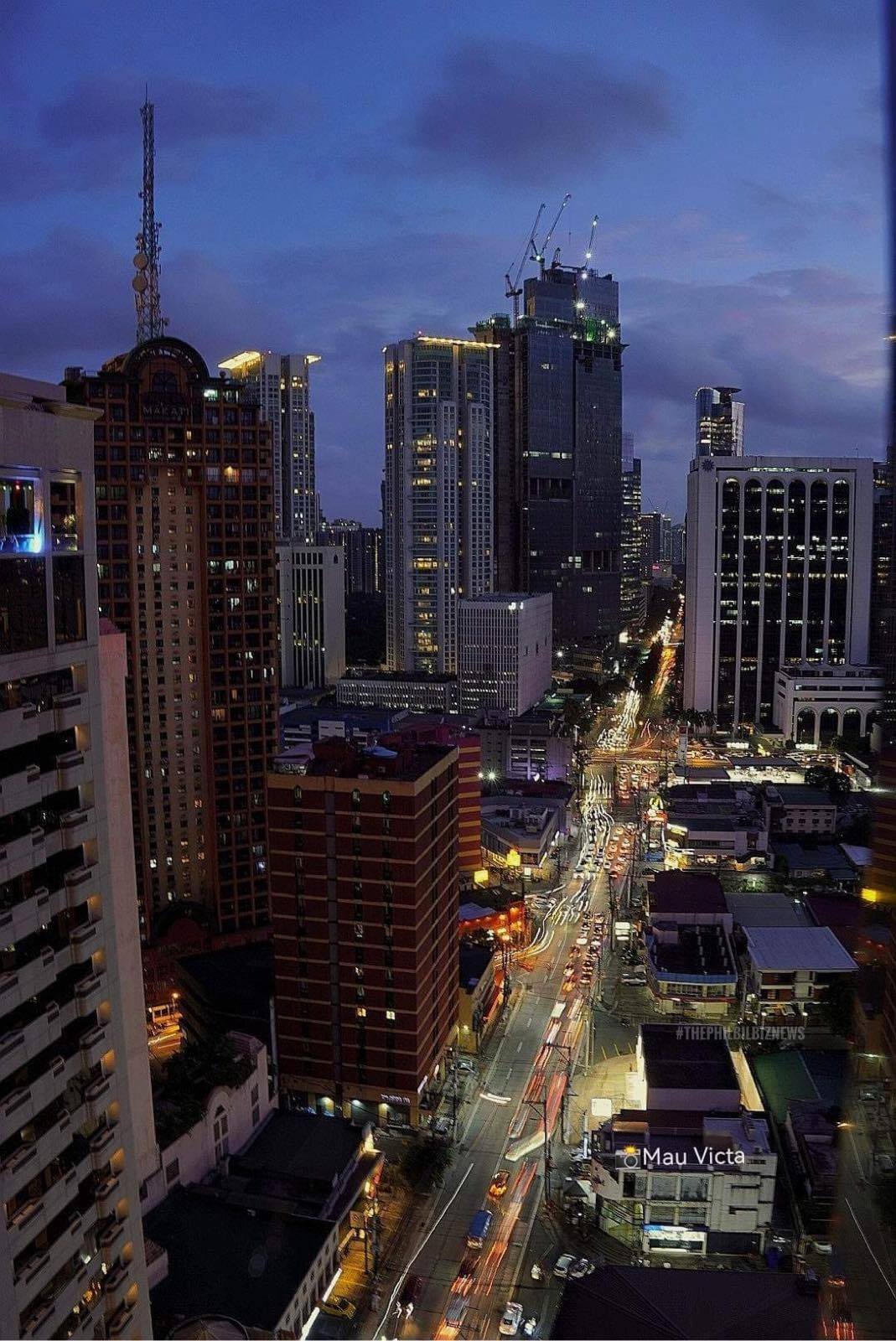The Philippine economy posted a moderate growth of 4.3% in the second quarter of 2023, slower than its 6.4% expansion in the first quarter, data from the Philippine Statistics Authority (PSA) showed.
Gross domestic product (GDP) growth during the quarter was also lower than the 7.5% expansion recorded in the second quarter of 2022, said PSA national statistician Claire Dennis Mapa in a briefing on August 10.
Year-to-date, the country’s economic growth settled at 5.3%.
The modest pace of growth was also below market expectations as high inflation and interest rates dulled consumer demand.
In a joint statement, the country’s economic managers said the moderate expansion in Q2 was driven by increases in tourism-related spending and commercial investments.
However, growth was tempered by high commodity prices, the lagged effects of interest rate hikes, contraction in government spending, and slower global economic growth, said National Economic and Development Authority Secretary Arsenio Balisacan, Budget Secretary Amenah Pangandaman, and Finance Secretary Benjamin Diokno.
All major economic sectors, which include agriculture, forestry, fishing, industry, and services, posted respective positive growths of 0.2%, 2.1%, and 6% in the second quarter.
On the demand side, the growth of the household final consumption expenditure reached 5.5%.
Exports of goods and services grew by 4.1% while imports of goods and services slightly went up by 0.4%.
The government’s final consumption expenditure and gross capital formation, however, contracted by 7.1% and 0.04%, respectively.
Despite the slowdown in the second quarter, the economic team believes that the economic growth target of 6% to 7% for this year remains attainable. To achieve this, GDP would have to grow by at least 6.6% in the second half of 2023.
“We firmly believe that the prospects of the Philippine economy remain strong and positive. Our economy has weathered the worst and most challenging times during the pandemic. Now, we are better equipped and more resilient to withstand the various risks and challenges on both the external and domestic fronts,” the team said.
Manufacturing conditions up slightly
Meanwhile, Philippine manufacturers registered a modest improvement in operating conditions last July, as factory orders, manufacturing production, and export sales registered quicker expansions during the month, according to S&P Global.
The headline S&P Global Philippines Manufacturing PMI—a composite indicator of manufacturing performance—picked up from June’s 11-month low of 50.9 to 51.9 in July.
Operating conditions have now improved on a monthly basis for one-and-half years.
The index reading was buoyed by a quicker rise in new orders amidst a growing customer base and improved underlying demand trends as well as the continued growth of foreign demand for Filipino goods for the seventh successive month. The rate of growth in new export orders accelerated to a three-month high.
“Moreover, though July data reported a slight intensification of price pressures, rates of both input price and output charge inflation have eased considerably from the highs seen over the last three years,” said Maryam Baluch, economist at S&P Global Market Intelligence.
However, manufacturing firms recorded a further deterioration in vendor performance in July. After vendor performance improved in May for the first time in nearly four years, July data showed the most pronounced extension to average lead times in seven months.
“If vendor performance further deteriorates, this could pose a headwind for the Filipino manufacturing sector,” said Baluch.
The July data indicates a slight pickup in inflationary pressures. Both input prices and output charges rose at accelerated rates. Nonetheless, the latest paces of increase were among the slowest seen since current run of inflation began in May 2020.
Lastly, though business expectations regarding future output eased from June’s five-month high, companies remained optimistic in July. Nearly half of the survey respondents foresee growth in production over the coming 12 months.














